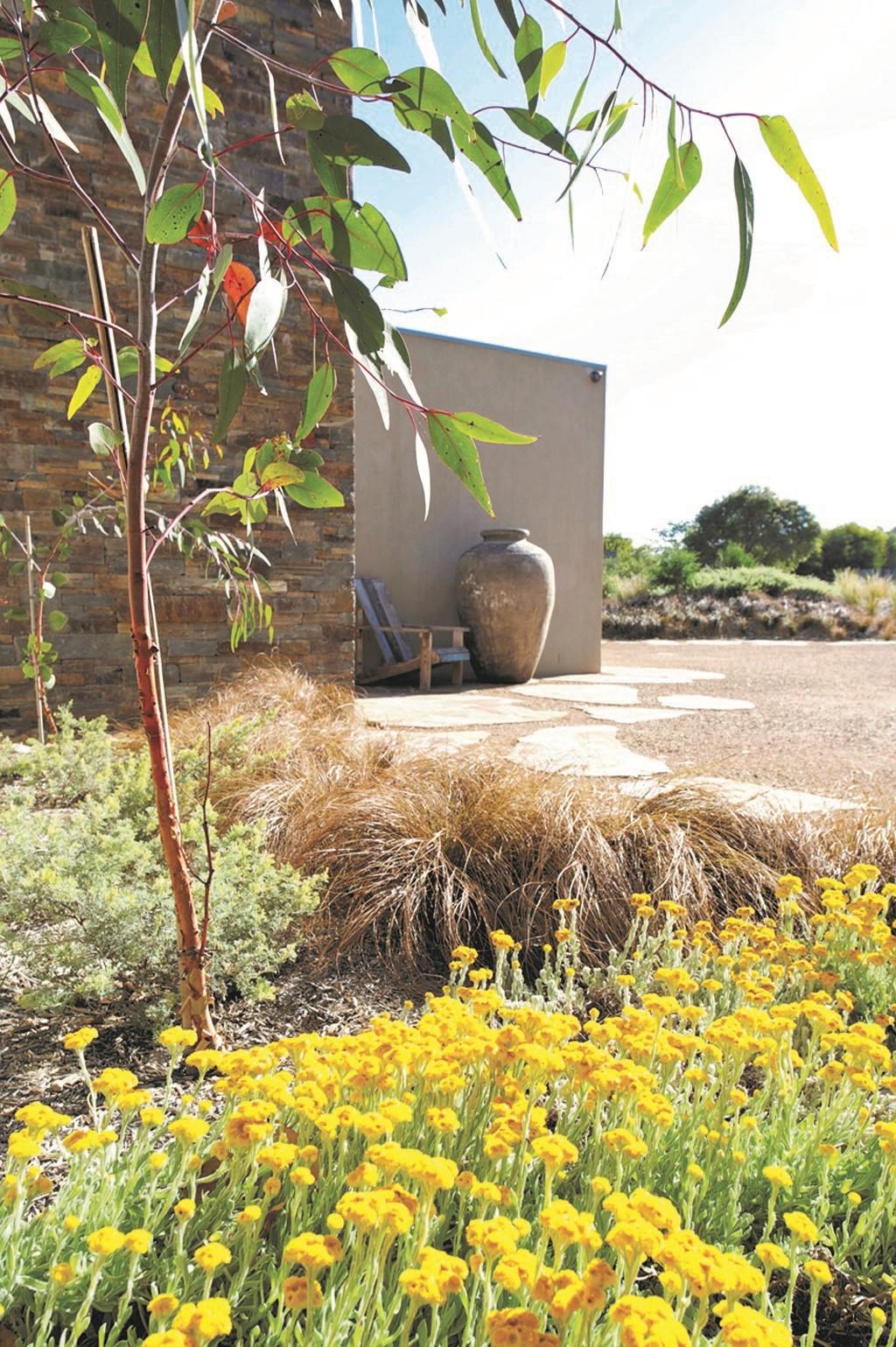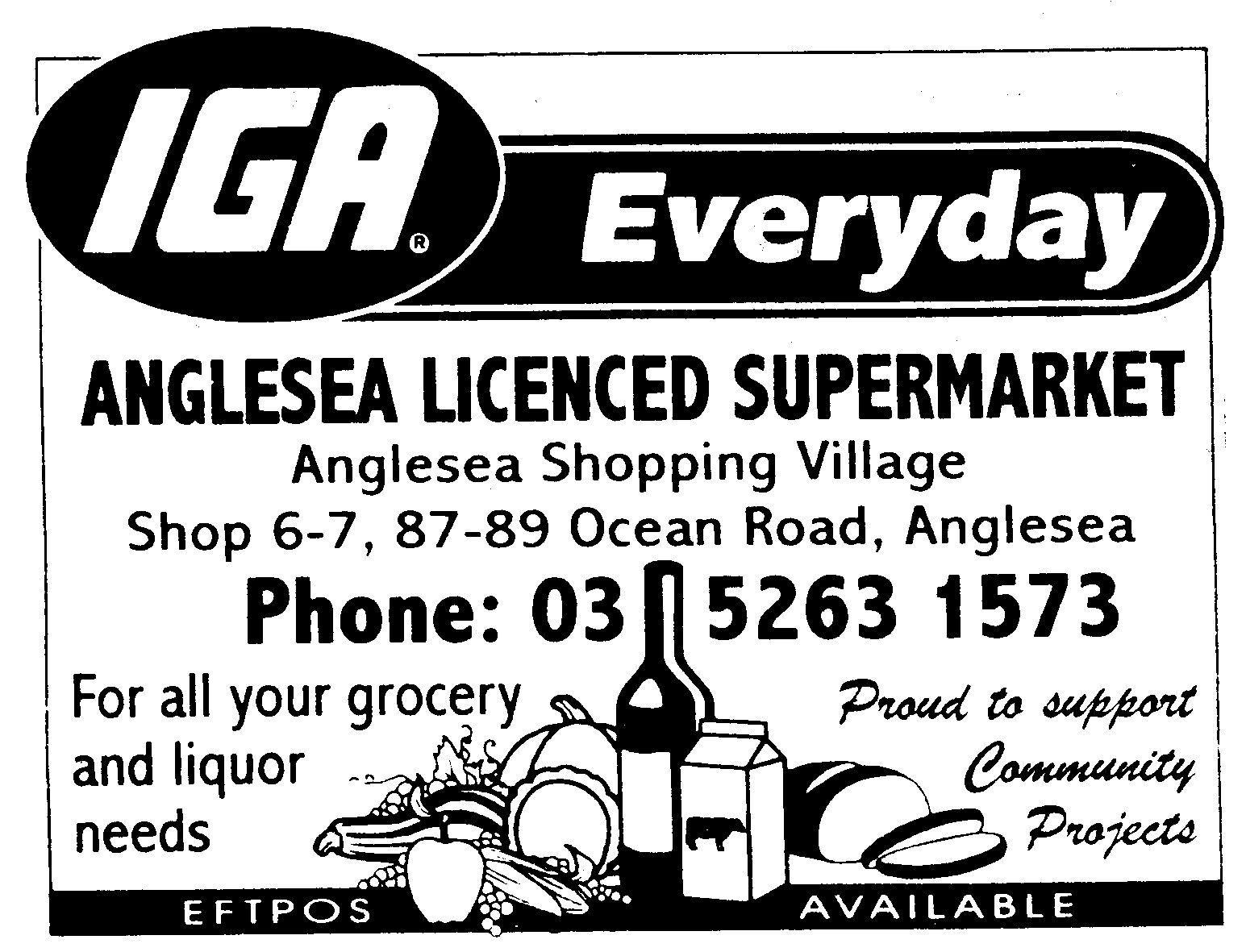
2 minute read
In the last issue, I wrote about the $1
Gas bottles that were incorrectly positioned, not chained in place, and with vents facing houses or sheds, were another contributing factor.
Fuel reduction is a shared responsibility between government and landowners, so what do ordinary householders need to do?
Advertisement
The Surf Coast Shire Council’s W ye River Learnings Fact Sheet stresses the need for householders to limit the ability of fire to reach their house.
A good start is to maintain a nonflammable area surrounding the house, clear of vegetation. The CFA recommends this should be at least two metres wide.
I looked at the rest of their handy list and turned my eyes to my own backyard – and found it wanting. Armed with the Council’s W eeds of the Surf Coast Shire booklet, I decided to take a much closer look at what is around me (okay, no prizes for guessing I’m not a keen gardener).
There are some things that I can fix easily and quickly, like my motivation to pick up the leaf litter lying around and pruning some of the vigorous growth of (what I now realise are) nasty, flammable weeds.
I am now a regular user of the weekly green rubbish collection, which has made disposal of vegetation a lot easier. And I am rethinking where and when to mulch my garden. I know not to place mulch up against my house, but I didn’t know it’s better to mulch in autumn so it has time to decompose and is therefore less of a fire risk in summer.
As I worked my way through some of the material produced by the Surf Coast Shire Council and community groups like the CFA and ANGAIR, I realised there is indeed a wealth of information and expertise out there in our community.
However, it’s one thing to plant indigenous species, it’s quite another to create something that is also bushfire resilient. A good example is the gardens around Aireys Inlet Community Hall. Pebble rock is now used in garden beds.
The vegetation north of the hall has been managed to promote native herbaceous species, so it is like an open, woody grassland.
‘We wanted to create a more biodiverse ecology but one that reduces fuel risk,’ said Darren. Recently, he has been working with groups of five to six residents in a street and is happy to run a community-based program for free.
‘Now more than ever before, it’s time for the community to step up,’ he said.
Visit the following websites and search for the name of each guide below to learn more about how you can better protect your property from bushfire.
Hard landscaping features like rocks, paths and paved areas help separate vegetation to create a more fire-resilient garden.
cfa.vic.gov.au
1. Fire Ready Kit 2. Landscaping for bushfire: garden design and plant selection 3. Your Guide to Property Preparation
surfcoast.vic.gov.au
1. Landscaping your Surf Coast Garden for Bushfire 2. Local Plants: Surf Coast Shire Alternative Plants Guide 3. Weeds of the Surf Coast Shire 4. Wye River Learnings Fact Sheet
www.csiro.au
1. What Wye River can teach us about building for bushfires, CSIRO Land and Water
vba.vic.gov.au
1. A guide to retrofit your home for better protection from a bushfire











